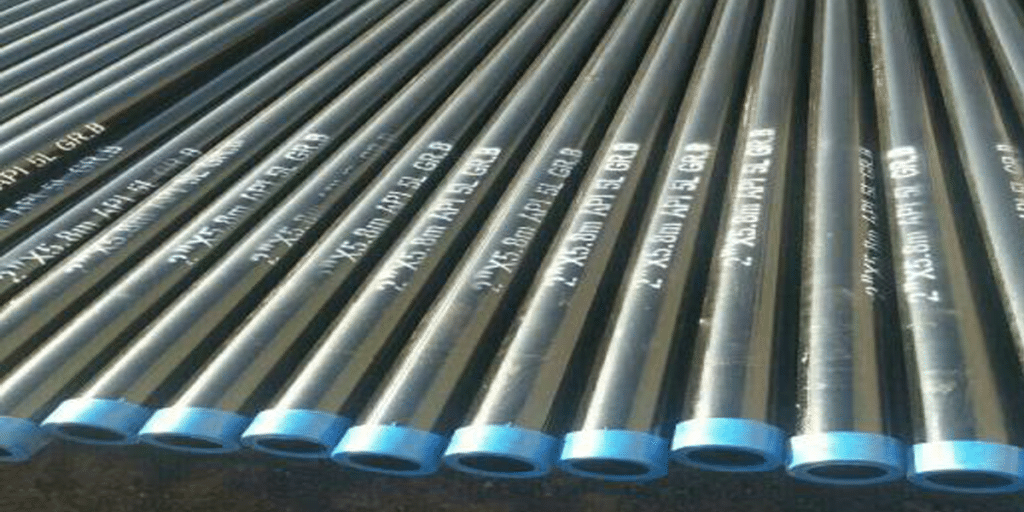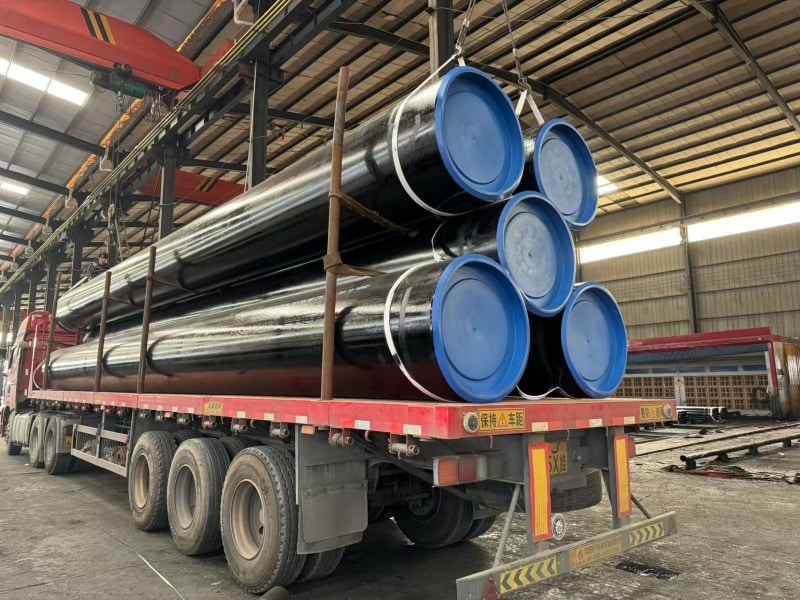For buyers of ASTM A53 steel pipes, the Mill Test Certificate (MTC), also known as the Mill Test Report (MTR), is one of the most critical quality documents. It certifies that the supplied pipes meet the chemical, mechanical, and testing requirements of the ASTM A53 standard. In this guide, we will walk you through the key elements of an MTC, explain how to verify compliance, and provide practical tips to reduce procurement risks.
What Is an MTC and Why Is It Important?
The MTC is a legal document issued by the manufacturer that records the heat number, product specifications, chemical composition, mechanical properties, and test results of each batch. For buyers, the MTC is the first line of evidence that the delivered pipes meet both contractual and ASTM A53 requirements.
To avoid potential risks, it is advisable not to rely on summary sheets alone. Instead, request original records such as spectrometer screenshots, stress-strain curves, and full NDT reports to ensure transparency and traceability.
Key MTC Items and Verification Methods
| MTC Item | Meaning / Core Points | Buyer Verification Method |
| Manufacturer & Heat Number | Ensures traceability of production batch | Verify Heat No. on packaging label matches MTC |
| Standard / Specification | Confirms ASTM A53 type (Seamless, ERW) and grade (A or B) | Request ASTM version number and cross-check with contract |
| Chemical Composition (C, Mn, P…) | Must comply with ASTM A53 chemical limits | Request OES/ICP original test screenshots |
| Mechanical Properties | Yield strength, tensile strength, elongation | Compare with ASTM Table 2; request original tensile reports with specimen details |
| Non-Destructive Testing (NDT) | Required for ERW weld seam inspection | Verify UT/Eddy current test reports, equipment details, and acceptance criteria |
| Hydrostatic Test | Verifies leak-tightness and pressure resistance | Confirm test pressure, holding time (≥5s), and leakage records |
| Heat Treatment Record | Required for Grade B ERW (if applicable) | Check furnace temperature, holding time, and matching heat number |
| Third-Party / Customer Witness | Improves credibility | Verify authorized inspector’s signature and stamp if contract requires |
Main Test Categories in ASTM A53 MTC
1) Chemical Composition Analysis
- Purpose:Verify material grade (A or B) eligibility.
- Execution:Samples are tested using OES/ICP to measure element percentages. Buyers should compare with ASTM A53 chemical limits and request the original spectrum charts.
2) Mechanical Properties (Tensile Test)
- Purpose:Confirm yield strength, tensile strength, and elongation meet design requirements.
- Execution:Standard test specimens are measured using universal testing machines. The MTC should include stress-strain curves or at least numerical values and specimen details.
3) Hydrostatic Test
- Purpose:Ensure pipe leak-tightness under pressure.
- Execution:Pipes are tested at the minimum required ASTM pressure, held for at least 5 seconds, and checked for leaks or deformation. MTC must record test pressure and duration.
4) Non-Destructive Testing (NDT)
- Purpose:Detect weld or surface/subsurface defects.
- Execution:ERW pipes are usually tested along the full length using ultrasonic or eddy-current methods. Reports should include method, equipment, probe frequency, and acceptance levels.
5) Bending / Flattening Tests
- Purpose:Assess formability of weld seams and pipe body.
- Execution:Conducted according to ASTM bending/flattening standards. Results and test types must be recorded in the MTC.
Practical Buyer’s Checklist
- Do not rely on summaries only:Request OES charts, tensile curves, and full NDT reports.
- Verify Heat Number consistency:Match packaging labels with MTC documents.
- Check sampling frequency:Ensure the contract specifies whether each pipe, each batch, or sample frequency applies.
- Request third-party witnessing:Essential for critical or high-value projects.
- In case of disputes:Ask the mill to provide raw test data and allow third-party re-testing.
Why Choose LONGMA as Your Reliable Pipe Supplier?
With over 20 years of manufacturing experience, LONGMA has established a strict MTC management system and in-house laboratory equipped with:
- Spectrometer (OES) for chemical analysis
- Universal tensile testing machines
- Online NDT facilities
- Hydrostatic test benches
We guarantee traceable, original, and witnessable records for each batch. LONGMA supports customer or third-party witnessing, customized reporting, and ensures your purchase contract reflects “verifiable quality, manageable risk.”
If you would like a sample MTC template (with example data) or request a quotation for batch verification / third-party witnessing services, simply send us your project specifications (diameter × thickness × quantity + delivery schedule). We will provide you with a ready-to-use MTC template (Word/PDF) and a complete verification checklist.
References:
- ASTM A53 Standard Specification – Scope & Tables
- MTC/MTR Guidelines and Inspection Practices
- ASTM A53 Mechanical, Hydrostatic & NDT Requirements



